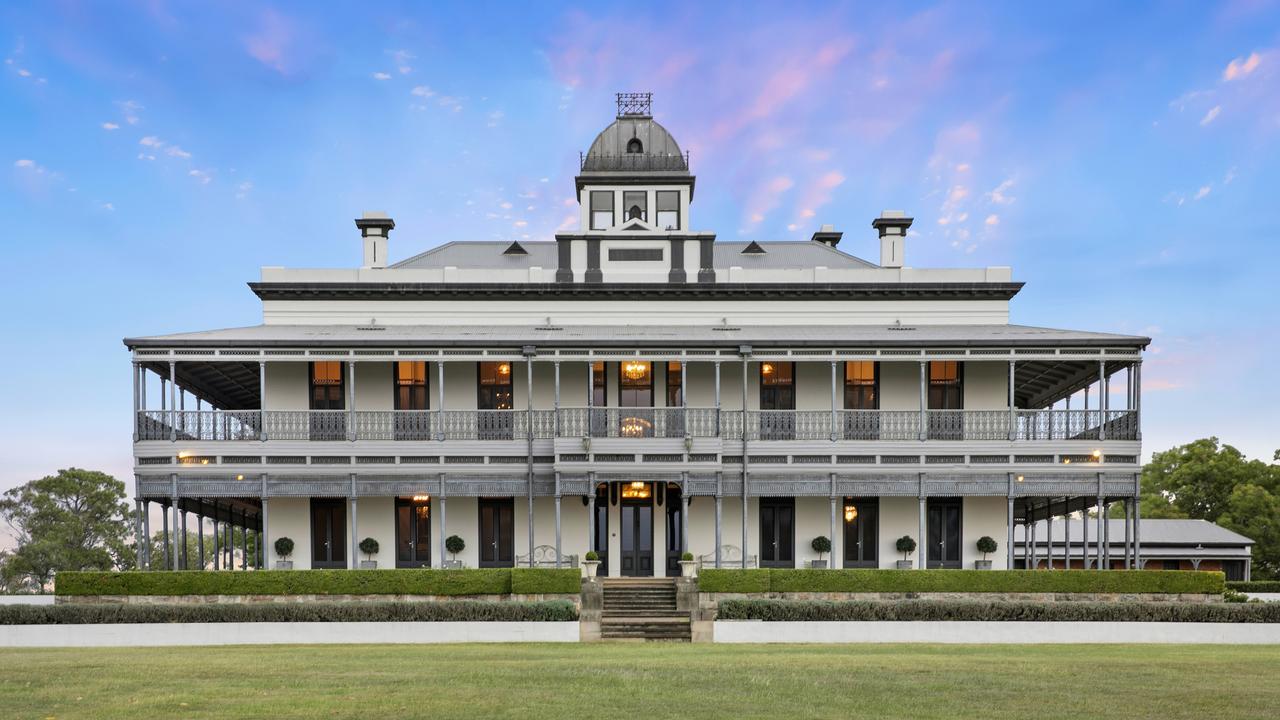
One of the hottest topics in Australia over the past decade has been housing affordability. Purchasing a home is out of reach for many and everybody complains about high prices.
Let’s quickly understand how we measure the cost of housing.
The average house price (the prices of all sales divided by the number of sales) isn’t used as a measure because a few extremely expensive properties could totally distort the average price.
We instead measure the cost of housing via the median house price. We line up all residential property sales in a city or suburb by price. The one smack bang in the middle is the median house price, meaning half the properties were cheaper and half were more expensive. The median is useful when we want to cut out the very high or low outliers in our dataset.
Did you just experience horrible flashbacks to your high school maths class? I’m sorry. Stay with me as we will get back to bigger societal issues.
As Australians we tend to think of ourselves as the quintessential middle-class society. Sure, there are rich folks and poor folks but most of us have the same type of middle-income jobs and share the same type of middle-income dreams. In mathematical terms, we imagine the distribution of income and wealth in Australia to look like a bell curve.
Once we take a closer look at the data, however, we see that the Australia we are picturing here is a thing of the past.
The Australian Bureau of Statistics differentiates between 1300 jobs. Each job gets tagged with a skill level, a number from 1 to 5 indicating how much formal training is required before you may take up a certain job. In general terms, jobs with a higher skill level pay better wages. There are a few exemptions, of course, with certain tradies (skill level 3) out-earning certain white-collar (skill level 1) professions. In general, however, a higher skill level means more money in your pocket.
In the 1970s, Australia was dominated by middle-class skill level 3 jobs. This was the heyday of Australian manufacturing with more than 20 per cent of the workforce working in manufacturing alone. In case you were wondering, today only 6 per cent of jobs are in manufacturing.
Detailed data on jobs by skill level is available from 1986, when about the same number of workers held highly paid skill level 1 and middle-class skill level 3 jobs. Since the 1980s, Australia has transitioned towards a highly skilled service economy. We added skill level 1 jobs at a much higher rate. In 19 out of the last 33 years, skill level 1 jobs were the fastest-growing job class. Skill level 3 jobs, on the other hand, were the slowest-growing (and commonly even declining) job class in 14 years out of these 33 years.
Over the last 33 years we almost doubled the number of jobs in Australia (from 7 million to 13 million). Almost half (43 per cent) of the 6 million new jobs were skill level 1. Another 37 per cent of new jobs went to low-skill (26 per cent) and unskilled jobs (11 per cent). Only 7 per cent of the net new jobs created between 1986 and 2019 were skill level 3 jobs.
The Australian workforce continues to hollow out. We saw very little growth in the middle class while both the lower and upper class saw very strong growth. Instead of resembling a bell curve, the job landscape looks like the letter U.
What does all of this mean for our discussion regarding median house prices?
I’d argue that the median house price isn’t of much use for individual home buyers any more. In Melbourne, the current median house price is about $900,000. For low-income earners, it doesn’t matter whether the median home price is a few hundred thousand dollars higher or lower as all houses in the high six-digit price range are way out of reach. A high-income family in Melbourne is equally unlikely to consider a house in the $900,000 range. They will be able and willing to spend a lot more on their family home. There is a small cohort of buyers for whom a $900,000 property might be just right.
The only thing a city or even suburb-wide median house price is useful for is to show us that housing has become more expensive over time. But we knew this all along. We live in the age of data and could do with a more specific house price measurement.
Let’s measure the cost for specific property types across the whole of the country: the median cost for a one-bedroom apartment, or for a three-bedroom house per suburb, for example. That makes for a nice interactive map. Who doesn’t like a good map? Even better, a budget-driven dataset. This is what $250,000 buys you across Australia. This is what you get for $1,000,000 — a decent one-bedroom apartment near Barangaroo in Sydney or a gorgeous seven-bedroom property on a large chunk of land overlooking Kingston Beach in Tasmania.
Measurements like these are more useful for individual homebuyers. People know their budget and they know what type of housing they want. Showing property prices in a different format would arguably benefit regional Australia, where you generally get much nicer and larger properties for the price of an inner-city apartment.
Since the location-location-location truism will continue to be true, a new way of communicating property prices won’t lead to a mass exodus from the capital cities but it may encourage a few people to widen their search parameters and at least consider regional locations. Particularly, the growing number of skill-level 4 workers may be able to afford a much nicer life outside the capital cities.
Simon Kuestenmacher is co-founder and director of research at The Demographics Group



